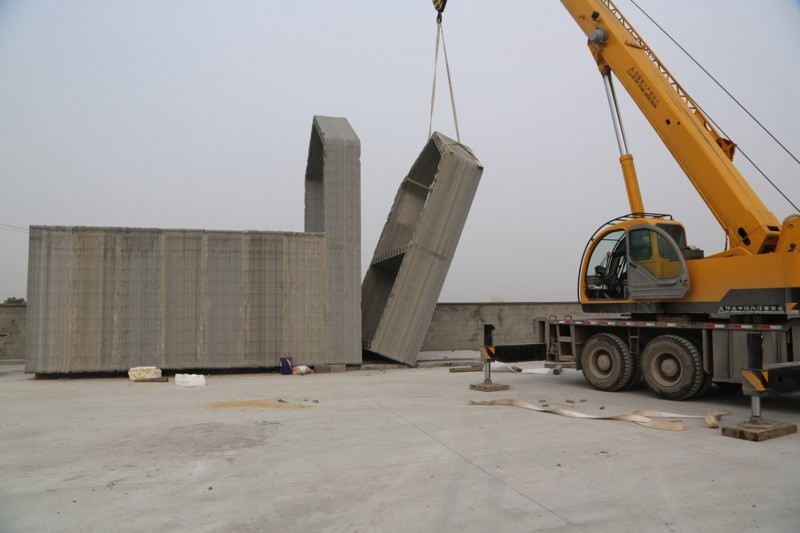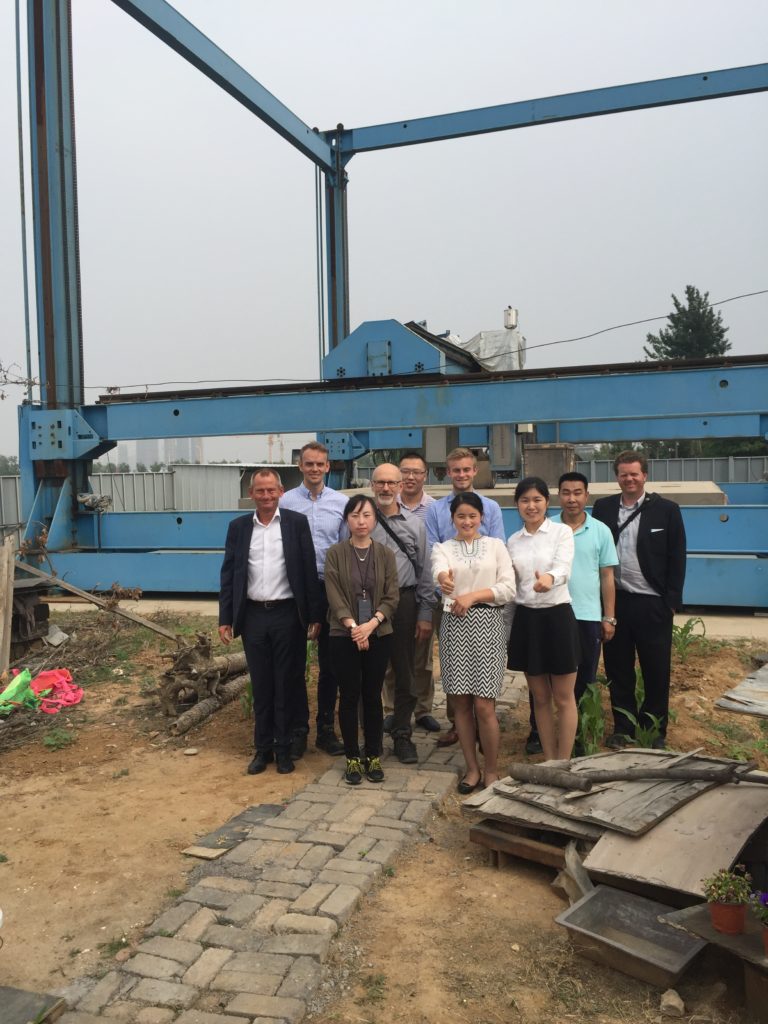At 3DPrint.com, we’ve always been very skeptical about the goings-on in 3D printed construction. A lot of houses have been 3D printed in 24 hours, each time while conveniently forgetting to invite the media. We’ve seen images that clearly tell us that a building wasn’t printed in 24 hours and we’ve seen a lot of claims that simply do not stand up to scrutiny. We’ve also therefore been very careful about what we publish on 3D printed construction, sadly other news sources have not been. 3D printed construction today is like a Mos Eisley Cantina with hard hats and a PR department. Exceptions are coming however as large construction companies get involved in the industry.
One player that has always qualified its claims and been quite direct in communicating has been COBOD. The Danish firm has much more realistic claims and demonstrations while having advancements and investors. Now COBOD has presented us with a White Paper. Usually, white papers are rather boring affairs in which people praise each other a lot. COBOD’s new white paper is definitely not that and definitely not boring, however. In their white paper, the firm calls out the competition and reduces to rubble some of their lofty claims.

COBOD states about Winsun:
“Therefore, when Winsun claimed to have done 10 buildings in 10 days, it actually meant, that they assembled 10 buildings in 10 days, out of elements 3D printed in the factory long before. It does not mean that the entire process of 3D printing and assembling at site took just 10 days”
“The very often shown Office of The Future in Dubai was, therefore, NOT 3D printed in Dubai, but made out of precast elements 3D printed in Suzhou, China. In addition all the interesting architectural details were not 3D printed, but made manually by traditional construction workers in Dubai. The grey color of concrete in the lower left picture shows what was actually 3D printed.”
On Apis Cor:
“Apis Cor began the printing of the small building in Sputnik, Moscow in October 2016 during a 3 day printing event for Russian speakers only. The building was actually finished and announced in February 2017. Hence, it took 4 month to do the printing. Apis Cor did not print the “entire building”, just the walls. The rest of the building was constructed the traditional way. Apis Cor in their press release did not directly state that the actual building, which they built, was printed in 24 hours! Rather, they stated it “could have been printed in 24 hours.”
![]()
Icon Construction:
“ICON did not print the small Austin building in 24 hours, but over several days/weeks”
“ICON’s own photos document that the printing was done over multiple days, which is why the printed walls (before they were painted) on the pictures have clear horizontal sections separated by the grey tone colour of the print. Each grey tone colour representing one day of print.”
The firm also states that,
“Nobody 3D printed an entire building.”
“Hence, in essence it is wrong to state, that a complete building was 3D printed. It is more correct to refer to, that the walls of the building was 3D printed in a certain amount of time • So far, in general, 3D printing only takes care of the 20-25%, which the walls make up of an entire building, while conventional methods are still responsible for the remaining 75-80%.”
We asked COBOD’s Henrik Lund-Nielsen to tell us why the firm did this.
Why should we trust you?
Because we and NCC, the largest Danish construction company, researched the true state of the art of 3D construction printing for 3 years under a government grant and in this connection even held two international conferences with more than 400 participants and 25 different companies presenting, including Winsun, Apis Cor, Contour Crafting, Extree, Cybe etc. During this research, we found out that many companies had at best “put a gross marketing angle” on their PR, deliberately aimed at creating the wrong impression by the readers. I will give you an example: In 2014 a Chinese company, Qingdao Unique Products revealed “the largest construction printer in the world.” We spend a lot of effort getting into contact with them, arranging and visit and finally go there. During our visit it became more and more clear, that they were not really interested in showing us the printer, but we insisted. When we finally saw the printer, it was standing in an empty field, had no printhead and they never had tried printing anything with it. They did not even have a solution for how to print mortar or concrete with it.

Why are you doing this?
We want to assure that potential customers have the correct info and understand the very early maturity of our industry and what we really can do for the time being. This is to avoid situations like Apis Cor had when they announced, that they 3D printed the small house in Moscow in 24 hours for under 10.000 USD, and it was brought on the ABC news on national TV in the US. Within the next 3 days they received 5.000 emails form Americans wanting them to show up on a site somewhere in the US the next week, print the house in 1 day and be paid 10.000 USD for the effort. Apis Cor did not answer a single of these emails, as how could they? We want to help this industry become a serious industry, where you can trust what the companies involved in it is saying. Hereby we can avoid wasting a lot of time on wishful dreamers.
Subscribe to Our Email Newsletter
Stay up-to-date on all the latest news from the 3D printing industry and receive information and offers from third party vendors.
You May Also Like
Gorilla Sports GE’s First 3D Printed Titanium Cast
How do you help a gorilla with a broken arm? Sounds like the start of a bad joke a zookeeper might tell, but it’s an actual dilemma recently faced by...
Nylon 3D Printed Parts Made More Functional with Coatings & Colors
Parts 3D printed from polyamide (PA, Nylon) 12 using powder bed fusion (PBF) are a mainstay in the additive manufacturing (AM) industry. While post-finishing processes have improved the porosity of...
$25M to Back Sintavia’s Largest Expansion of Metal 3D Printing Capacity Since 2019
Sintavia, the digital manufacturing company specializing in mission-critical parts for strategic sectors, announced a $25 million investment to increase its production capacity, the largest expansion to its operations since 2019....
Velo3D Initiates Public Offering in a Bid to Strengthen Financial Foundations and Drive Future Growth
Velo3D (NYSE: VLD) has been among a number of publicly traded 3D printing firms that have attempted to weather the current macroeconomic climate. After posting a challenging financial report for 2023,...































